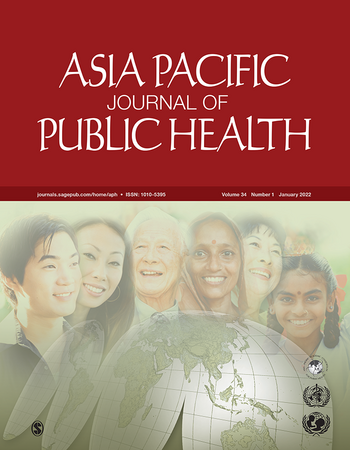Association Between the Quality of Primary Care, Insurance Coverage, and Diabetes-Related Health Outcomes in a Cohort of Older Adults in China
Objective
This study aims to identify the association between diabetes diagnosis, health outcomes, insurance scheme, and the quality of county-level primary care in a cohort of older Chinese adults.
Design and setting
Data from the China Health and Retirement Longitudinal Study, a nationally-representative panel survey of people aged 45 and over in China.
Participants
Among participants with valid diabetes-related and hypertension-related medical history and biomarkers (n=8207), participants with diabetes (n=1318) were identified using biomarkers and self-reported medical history. Individual models were run using complete case analysis.
Results
Among 1318 individuals with diabetes in 2011, 59.8% were unaware of their disease status. Diagnosis rates were significantly higher among participants with more generous public health insurance coverage (OR 3.58; 95% CI 2.15 to 5.98) and among those with other comorbidities such as dyslipidemia (OR 2.88; 95% CI 2.03 to 4.09). After adjusting for demographics, individuals with more generous public health insurance coverage did not have better glucose control at 4 years follow-up (OR 0.55; 95% CI 0.26 to 1.18) or fewer inpatient hospital admissions at 4 years (OR 1.29; 95% CI 0.72 to 2.33) and 7 years follow-up (OR 1.12; 95% CI 0.62 to 2.05). Individuals living in counties with better county-level primary care did not have better glucose control at 4 years follow-up (OR 0.69; 95% CI 0.01 to 33.36), although they did have fewer inpatient hospital admissions at 4 years follow-up (OR 0.03; 95% CI 0.00 to 0.95). Diabetes diagnosis was a significant independent predictor of both better glucose control at 4 years follow-up (OR 13.33; 95% CI 8.56 to 20.77) and increased inpatient hospital stays at 4 years (OR 1.72; 95% CI 1.20 to 2.47) and 7 years (OR 1.82; 95% CI 1.28 to 2.58) follow-up.
Conclusions
These findings suggest that participants with diabetes are often diagnosed concurrently with other comorbid disease conditions or after diabetes-related complications have already developed, thus leading to worse health outcomes in subsequent years despite improvements in health associated with better primary care. These findings suggest the importance of strengthening primary care and insurance coverage among older adults to focus on diagnosing and treating diabetes early, in order to prevent avoidable health complications and promote healthy aging.
Results From the China Health and Retirement Longitudinal Study













![[Left] Radhika Jain, [Right] Postdoc Spotlight, Radhika Jain, Asia Health Policy Program](https://fsi9-prod.s3.us-west-1.amazonaws.com/s3fs-public/styles/727x409/public/hero/postdoc_spotlight_radhika_hero.png?h=c4d9845d&itok=kISYjQHv)


